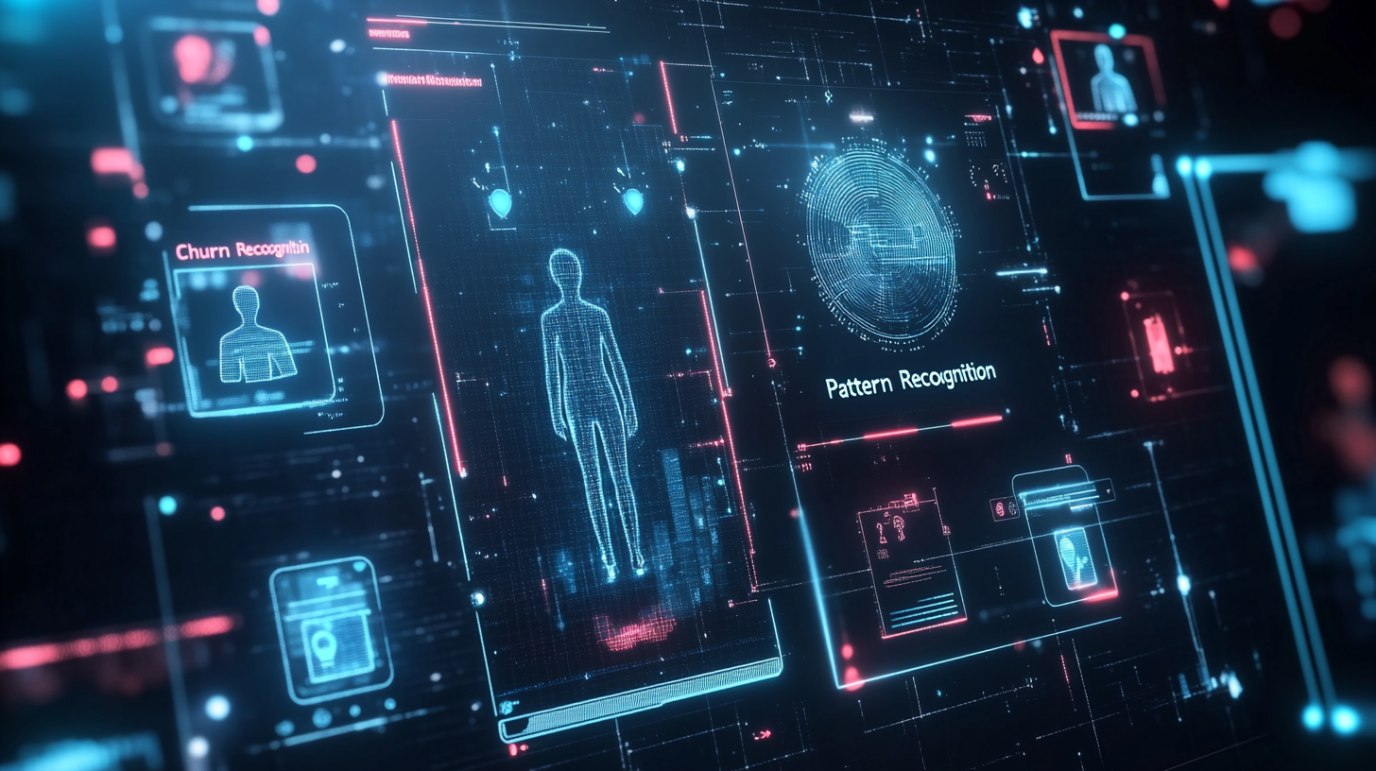
Many companies invest in CRM systems – yet only a few succeed in building long-term customer relationships. Why? Because CRM is only one piece of the puzzle. Anyone who wants to retain customers throughout their entire journey needs a more strategic approach: Customer Lifecycle Management (CLM). In this article, we explain how CRM and CLM

In many companies, the focus is still too heavily on acquiring new customers. However, the real leverage lies elsewhere: in the proactive management of existing customers. Identifying at-risk customers early and targeting them to retain them not only improves customer relationships but also achieves measurable effects on revenue and profitability. The key to this? Predictive

A structured overview for data-driven revenue generation in customer management In digital sales, relevance is key—not just for converting individual interactions, but also for fostering long-term customer loyalty. Upselling and cross-selling are among the most effective levers to increase the value of existing customer relationships. While cross-selling focuses on recommending complementary products, upselling encourages customers

In the banking world of the future, artificial intelligence will become a decisive competitive factor. As experts in AI solutions for the financial sector, we at Acceleraid observe the transformative power of intellogies. After more than 15 years of experience and over 200 projects with AI, we have developed a clear understanding of which approaches

In today’s data-driven world, the effective use of customer data is key to delivering personalized services, targeted marketing, and long-term customer loyalty. But which types of data really matter? Below, we present eight essential data categories that help businesses build a comprehensive understanding of their customers: 1. Behavioral Data These insights reveal how customers interact

Small Pushes, Big Impact – The Power of Nudging in AI In an increasingly digital, data-driven economy, where customer choices are complex and attention is scarce, one question becomes central: How can we influence decisions in a helpful, non-intrusive way? The answer lies in a concept that reshaped behavioral economics: nudging. Popularized by Richard H. Thaler,

Warum KI in der Kundenbindung unverzichtbar wird Laut einer Studie von Bain & Company kann eine Erhöhung der Kundenbindung um nur 5 % den Gewinn eines Unternehmens um bis zu 95 % steigern. Gleichzeitig zeigt eine Untersuchung von McKinsey, dass Unternehmen mit fortschrittlicher KI-gestützter Churn Prevention ihre Abwanderungsrate um bis zu 25 % senken können.
What is the financial industry going to do in 2025?! We took a look around at which topics could be particularly relevant in 2025, grouped according to the topics of technology, regulation, security and customer experience, here is our overview: Technology Open Finance Open Finance expands the concept of open banking by enabling access to
Personalization is the buzzword of the moment. But while streaming services offer us tailor-made film suggestions and online shops guess our needs, the financial sector often lags behind. Why? Because true personalization is a challenge in a regulated environment like banking and insurance. But it is feasible – and urgently necessary. According to a recent

Welcome to the first installment of our email automation blog series! In this first post, we'll dive into the basics and take a look at the three control elements: trigger, story and branching. Triggers: The triggers for automated emails Triggers are the key component of every (email) automation. You define when an email is sent







